 Sign in
Sign in
Education
Health & Fitness
Surgery 101 Team
Welcome to Surgery 101, a series of podcasts produced with the help of the University of Alberta in Edmonton, Canada. The podcasts are intended to serve as brief introductions or reviews of surgical topics for medical students. We've aimed to cover a single topic in between 10-20 minutes so that you can quickly get a good idea of the basic concepts involved. Every episode is divided into chapters and concludes with several key points to summarize the topic. We are always keen to receive your feedback on our podcasts, and we are accepting suggestions for additional topics. New episodes are published every Friday.
'Surgery 101' was created by Dr Parveen Boora and Dr Jonathan White, and is supported by the Department of Surgery at the University of Alberta. Our 2010 series of podcasts are brought to you by the Undergrad Surgery Mobile Podcasting Studio Team which is: Jonathan, Jenni and Tracy, with the assistance of the Surgery 101 Experts of Edmonton.
Note to experts: please note that these podcasts are only intended as brief introductions for medical students - we cannot delve into the more complex nuances of advanced surgery in a 10-minute podcast. We encourage all listeners to supplement their learning by seeing patients, assisting at surgeries and reading widely!

371. Colon Cancer Emergencies (Part 1)
By the end of this episode you will be able to; Recognize the first main emergent presentation of colon cancer, how to diagnose, and how to manage them. Know when to utilize damage control measures and how to identify unstable patients. Understand the different treatment options for right versus left-sided obstructions.
18:2202/03/2022

370. Laryngomalacia
After this podcast learners should be able to Define laryngomalacia and discuss why it is an important topic Describe the pathophysiology and classifications of laryngomalacia Outline the typical presentation of the condition Develop a differential diagnosis for chronic stridor in pediatric patients Outline the workup for a patient presenting with chronic stridor Describe options for medical and surgical management of laryngomalacia
12:5923/02/2022

369. Approach to Nocturnal Enuresis
After this podcast learners should be able to Define nocturnal enuresis and why this is an important issue Describe the pathophysiology and risk factors for nocturnal enuresis Develop a differential diagnosis for nocturnal enuresis (monosymptomatic vs non monosymptomatic) Describe the investigations for a patient presenting with nocturnal enuresis Describe options for behavioral and pharmacological interventions for nocturnal enuresis
17:5216/02/2022

368. Gastrointestinal Stromal Tumors
By the end of this episode, you will be able to: Describe the pathogenesis of GIST Recognize the clinical presentation of GIST including history and physical findings List potential differential diagnoses Describe treatment modalities
11:2709/02/2022

367. Rhinoplasty
By the end of this episode, you will be able to: Identify the various indications of rhinoplasty. Recognize the nasal anatomy that is being manipulated in the procedure. Describe in brief different surgical approaches, complications, and post-operative care for rhinoplasty.
12:4602/02/2022

366. Tubal Ligation
By the end of this episode you will be able to: Understand why culturally safe and trauma-informed care is necessary when discussing tubal ligation Understand why counselling before the procedure is important and what to discuss with the patient Describe the different methods available for tubal ligation and recognize which methods are preferable for certain clinical scenarios Describe the surgical steps involved in laparoscopic tubal ligation
23:1826/01/2022

365. Stress Incontinence and Urethral Sling Surgery
By the end of this episode you will be able to: Understand the prevalence of stress urinary incontinence and its impacts on quality of life Recognize the clinical presentation of stress urinary incontinence including history and physical exam Describe the pathophysiology of stress urinary incontinence and its 2 sub-types Describe the different techniques of mid-urethral sling surgery
20:3519/01/2022

364. Ventilators (Part 2)
By the end of this episode you will be able to: Understand pressure versus volume control ventilation Describe how different ventilator modes can be used for surgical induction, maintenance and emergence Describe clinical indications of readiness for extubation
10:4712/01/2022

363. Ventilators (Part 1)
By the end of this episode you will be able to: Understand the concepts of ventilation and oxygenation Describe the essential settings available on the ventilator Recognize and problem solve basic ventilation and oxygenation problems you might encounter in the OR
12:4305/01/2022

362. Cervical Cancer
After listening to this podcast, listeners should be able to: Develop a differential diagnosis for heavy, irregular vaginal bleeding. Outline the diagnostic work-up for cervical cancer and interpret based cervical biopsy results. Describe the general staging system for cervical cancer and explain how it guides treatment-intent. List the pros and cons of the different treatment modalities available for cervical cancer, along with their side-effects.
18:0829/12/2021

361. Female Genital Cutting (FGC) Part 2
The objectives of this two-part podcast are to: Discuss the prevalence, current trends, and motivations behind FGC Describe the different types of FGC Detail the legality of FGC in Canada Discuss the immediate and long term consequences of FGC Discuss the clinical management of women with FGC with respect to gynecologic and obstetric care Develop an approach for the provision of culturally competent and trauma informed care for adolescents and women with FGC
18:2022/12/2021

360. Female Genital Cutting (FGC) Part 1
The objectives of this two-part podcast are to: Discuss the prevalence, current trends, and motivations behind FGC Describe the different types of FGC Detail the legality of FGC in Canada Discuss the immediate and long term consequences of FGC Discuss the clinical management of women with FGC with respect to gynecologic and obstetric care Develop an approach for the provision of culturally competent and trauma informed care for adolescents and women with FGC
16:3015/12/2021

359. Male Gender Affirming Surgery
By the end of today’s episode, the learner will be able to: Describe Surgical approaches used for male gender affirming surgery, including metoidioplasty, phalloplasty and testicular and penile implants Outline complications commonly seen after male gender affirming surgery
14:3008/12/2021

358. Female Gender Affirming Surgery
By the end of today’s episode, the learner will be able to: Describe the pre-operative considerations relating to gender affirming surgery Outline the embryological origins of the external genitalia Describe the common surgical techniques used in female gender affirming surgery List complications commonly encountered after female gender affirming surgery
16:1101/12/2021

357. Gender Affirming Surgery - Introduction
By the end of today’s episode, the learner will be able to: Describe basic terms relating to about the transgender community Comfortably use inclusive language and pronouns Describe the DSM-IV diagnosis of gender dysphoria, and Recognize the elements of the pathway to receiving gender affirming surgery in Canada
14:2024/11/2021

356. Equity, Diversity, and Inclusion in Surgical Education
In recent times, the terms “equity, diversity, and inclusion” or “EDI” have become buzzwords for academic institutions to demonstrate their commitment to social accountability. Although incredible work is being done, it is important to remember why it was necessary in the first place and what the ultimate goals are. Today, as I discuss EDI in surgical education, I’d like to highlight these are my own thoughts at this stage in my training as I continue to learn and unlearn, and also thank you, the listener, for engaging in what can often be a difficult discussion. There are no formal “learning objectives” for this episode, but I hope you will be able to reflect on the following ideas: The role of Equity, Diversity, and Inclusion (EDI) in surgical education regarding what is taught, why, and by whom. How to reflect on and grow your own EDI understanding as you go through your medical training.
17:4918/11/2021

355. De Quervain's Tenosynovitis
After listening to this episode, learners should be able to: Describe the typical clinical presentation of De Quervain's tenosynovitis Explain the pathophysiology for De Quervain's tenosynovitis Outline the diagnosis and management of the patient with De Quervain's tenosynovitis.
06:5510/11/2021

354. Mallet Finger
After listening to this episode, learners should be able to: Describe the typical clinical presentation of mallet finger Explain the pathophysiology for mallet finger Outline the diagnosis and management of the patient with mallet finger.
07:1403/11/2021

353. Dupuytren's Contracture
After listening to this episode, learners should be able to: Describe the typical clinical presentation of Dupuytren’s contracture Explain the pathophysiology and list common risk factors for Dupuytren’s contracture Outline the diagnosis and management of the patient with Dupuytren’s contracture.
10:2227/10/2021

352. Trigger Finger
After listening to this episode, learners should be able to: Describe the typical clinical presentation of trigger finger Explain the pathophysiology and list common risk factors for trigger finger Outline the diagnosis and management of the patient with trigger finger.
08:5320/10/2021
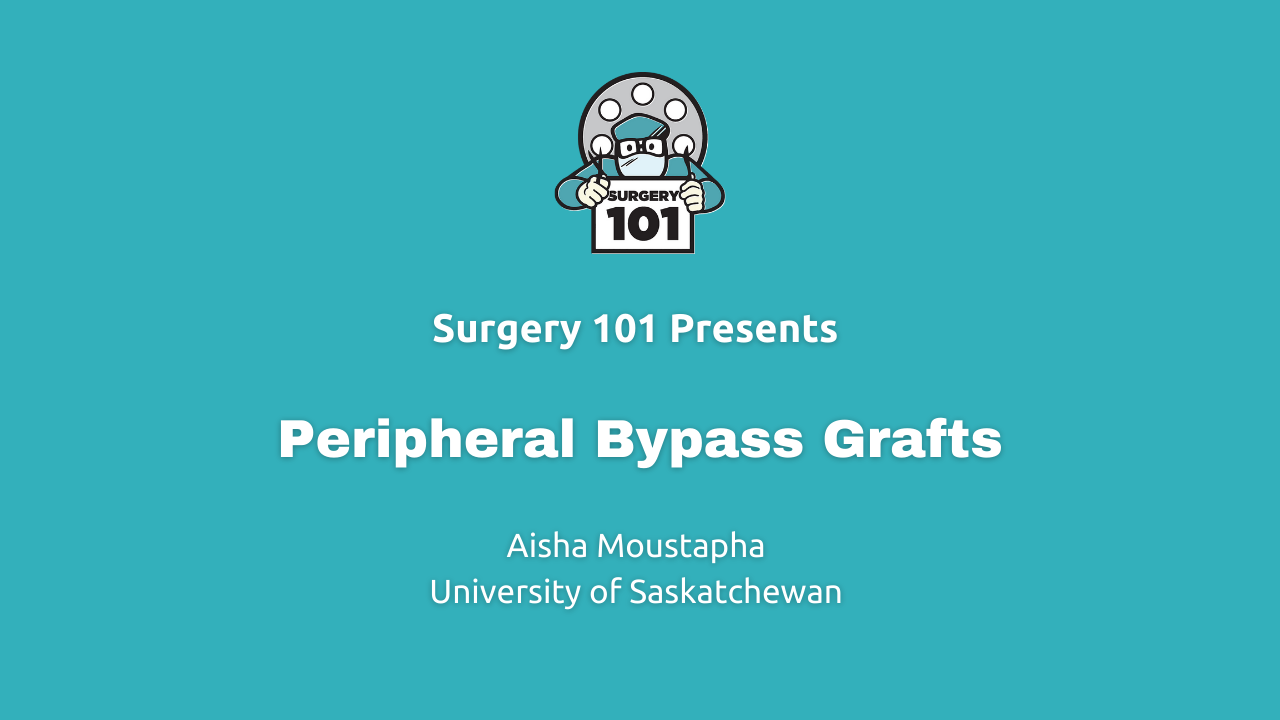
351. Peripheral Bypass Grafts
By the end of this video episode, you will: Review basic principles of vascular bypass grafts Review surgical terms used Understand potential complications of bypass grafts Understand the basic steps of various bypass grafts
19:1313/10/2021

350. Peripheral Arterial Disease
At the end of the episode, the learner will know the: Pathophysiology of PAD Clinical features of PAD Medical and surgical management of PAD
18:4606/10/2021
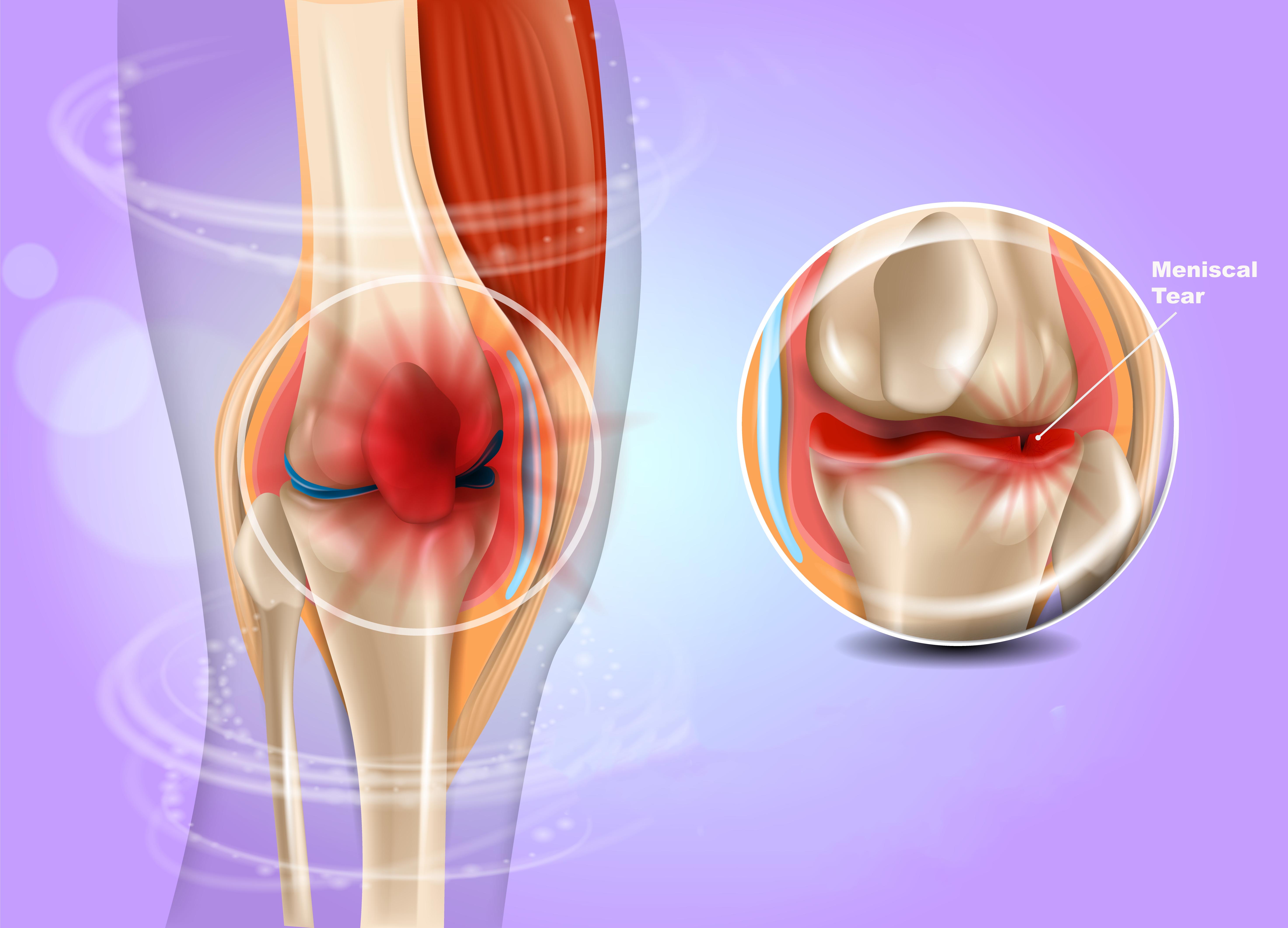
349. Meniscal Tears
By the end of this episode, you will be able to: Recognize the clinical presentation of meniscal injury on history and physical exam. Describe the anatomy of the menisci and classification of tears. Describe operative and non-operative management options for meniscal tears, including the indications, risks, and benefits of each.
16:2029/09/2021
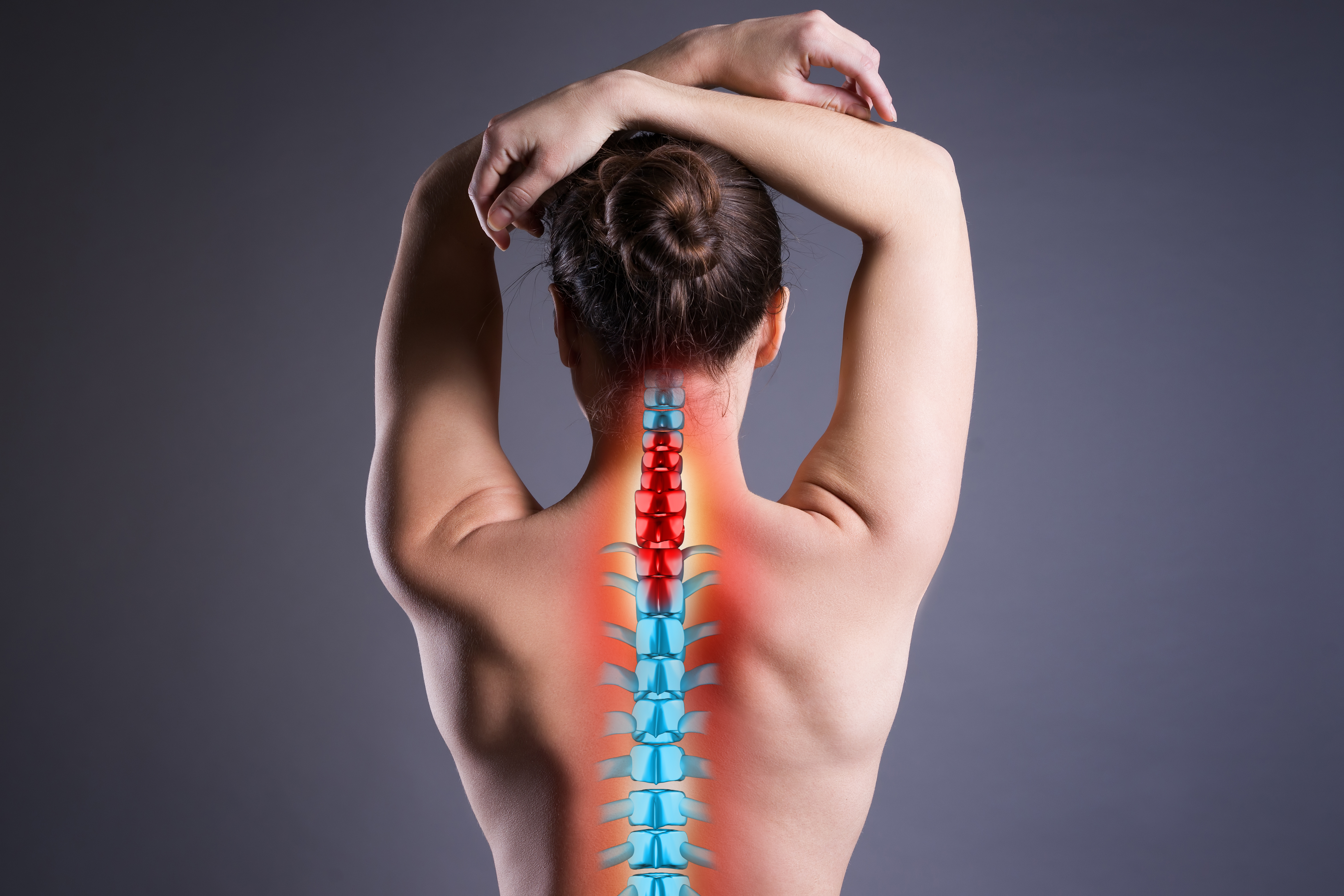
348. Degenerative Cervical Myelopathy
At the end of this episode, learners will be able to: Define Degenerative Cervical Myelopathy Understand why it’s important The relevant pathophysiology of DCM and how patients present The prognosis of DCM
13:2022/09/2021

347. Giant Cell Arteritis
In this podcast, listeners will learn about Giant Cell Arteritis, specifically with regards to: Exactly what giant cell arteritis is, and its pathophysiology Factors that are associated with its occurrence How it clinically manifests in patients, and how you can recognise it Other common differentials What urgent management is required, as well as considerations for longer-term management
20:0615/09/2021
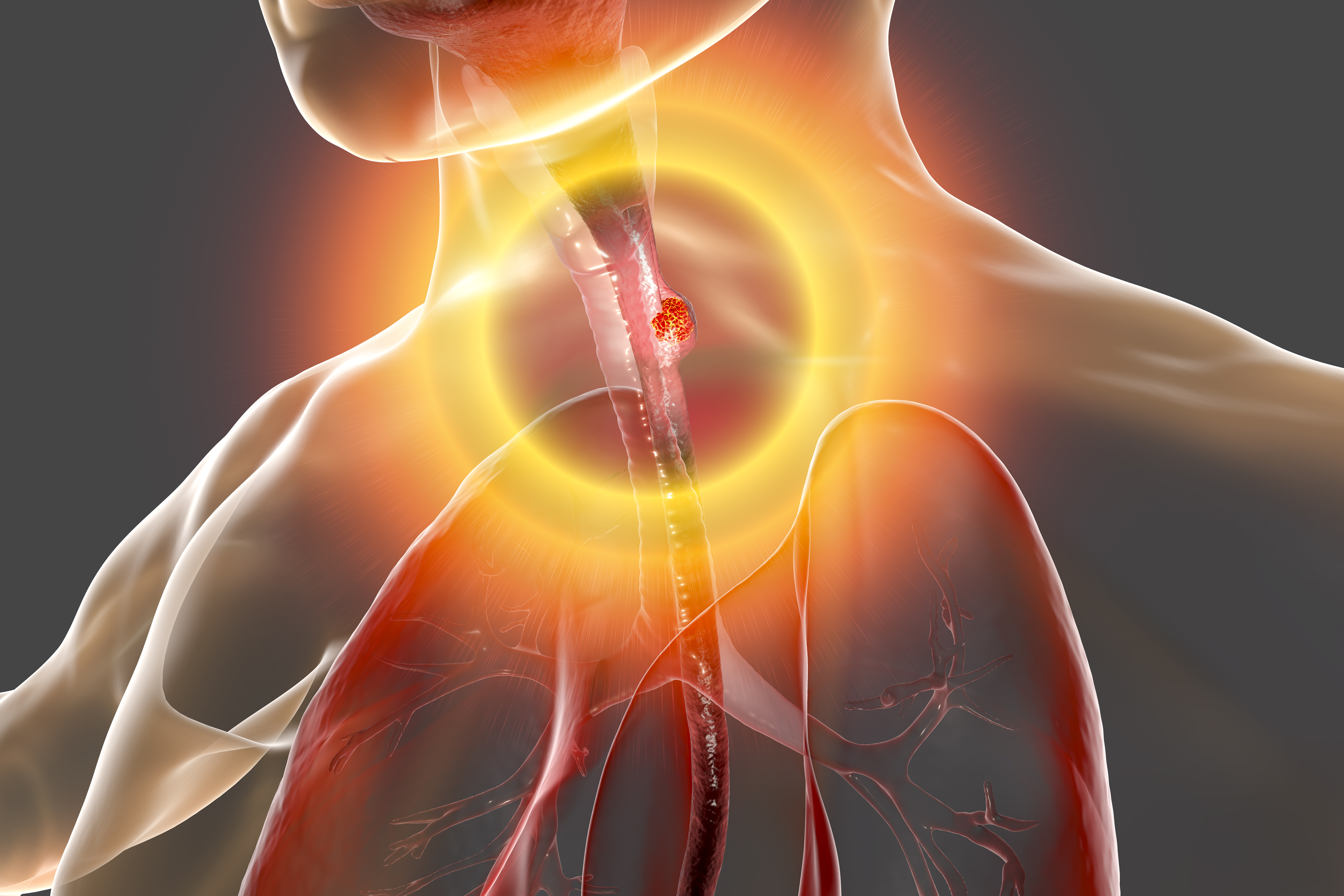
346. Esophageal Perforations
After this episode, listeners should be able to: Understand the basic anatomy of the esophagus Recognize the causes of an esophageal perforation Identify the locations and clinical presentations of an esophageal perforation List a differential diagnosis Understand the preoperative work up for diagnosing an esophageal perforation Describe the treatment Describe the major steps in the surgical repair of an esophageal perforation
20:1208/09/2021

345. Necrotizing Enterocolitis
After listening to this episode, learners will be able to: Define necrotizing enterocolitis and understand its importance as one of the most common gastrointestinal emergencies Describe the pathophysiology and potential risk factors Identify common clinical features and physical exam findings Outline appropriate investigations and treatment options
13:2601/09/2021

344. Tracheoesophageal Fistulas and Esophageal Atresias
After listening to this episode, learners will be able to: Define tracheoesophageal fistulas and esophageal atresias and understand their importance Describe the pathophysiology and potential associated anomalies Identify common clinical features and physical exam findings Outline appropriate treatment options and potential complications
13:5125/08/2021

343. Life After COVID-19: Reflections on a Global Pandemic
In this video, Dr Jonathan White from Surgery 101 shares his reflections on the effects of the global COVID - 19 pandemic. The opinions expressed in this video are solely his own, and do not reflect the opinions and beliefs of any other people or organizations. Follow us for more great content on the Surgery 101 social channels. Website: LinkedIn: Twitter: Facebook: Instagram:
37:3223/08/2021

342. Intestinal Atresia
After listening to this episode, learners will be able to: Define an intestinal atresia and understand its importance Describe the pathophysiological processes leading to this condition Identify common clinical features and physical exam findings Outline appropriate investigations and treatment options Outline the prognosis and potential complications
13:2318/08/2021

341. Clubfoot - Congenital Talipes Equinovarus (CTE)
After listening to this episode, learners will be able to: Define Congenital Talipes Equinovarus (CTE) and understand the importance of treating this deformity quickly Describe the pathophysiology and relevant anatomy Identify common clinical features and physical exam findings Outline appropriate treatment options and potential complications
13:1111/08/2021

340. Congenital Diaphragmatic Hernias
After listening to this episode, learners will be able to: Define congenital diaphragmatic hernias and recognize the two common types Identify common clinical features, and physical exam findings List appropriate investigations and treatment options Describe the prognosis and potential complications
12:3704/08/2021

339. Bias in the Canadian Medical System with Dr. Javeed Sukhera
In this Current Conversation podcast on bias in the Canadian healthcare system, Surgery 101 is joined by Psychiatry and Paediatrics Associate Professor Dr. Javeed Sukhera, who is the incoming Chair of Psychiatry at the Institute of Living (IOL), and Chief of Psychiatry at Hartford Hospital in Connecticut. Hosted by Surgery 101 co-founder Dr. Jonathan White, this podcast episode covers the timely topic of bias, its influence in systems and learning, its visible and invisible impacts, and how to recognize our own bias and address it, something which isn’t talked about enough in medical school and residency education. Keep an eye out for future Current Conversations podcast episodes, and let us know what you’d like to hear in a future episode. GET IN TOUCH: DR. JAVEED SUKHERA: Twitter: https://twitter.com/javeedsukhera Website: https://javeedsukhera.com/about SURGERY 101 Website: http://surgery101.org/ LinkedIn: https://www.linkedin.com/company/surgery101/ Twitter: https://twitter.com/surgery_101 Facebook: https://www.facebook.com/surgery101 Instagram: https://www.instagram.com/surgery.101
36:4528/07/2021

338. Addressing Physician Burnout and Wellness with Dr. Grant Kennedy
In this Current Conversation podcast on Wellness and Self-Care, Surgery 101 is joined by ER physician Dr. Grant Kennedy from the Rockyview General Hospital in Calgary, Canada. Hosted by Surgery 101 co-founder Dr. Jonathan White, this podcast episode covers the timely topic of physician burnout and how to combat it, which isn’t talked about enough in medical school and residency education. To protect himself from burnout Dr. Kennedy uses his love of music and songwriting to shift his focus away from his job and its stresses and traumas, which allows him to create a better space to work in and to enables him to take care of others. Keep an eye out for future Current Conversations podcast episodes, and let us know what you’d like to hear, and who you would like to hear from, in a future episode. GET IN TOUCH: GRANT KENNEDY MUSIC: YouTube: Twitter: Facebook: Instagram: Website: SURGERY 101 LinkedIn: Twitter: Facebook: Instagram: Website:
32:4021/07/2021

337. Diabetic Retinopathy
By the end of this episode learners will be able to: Describe the pathophysiology of diabetic retinopathy Recognize the clinical presentation of diabetic retinopathy including history and physical findings List and describe various related treatment options including the risks and benefits, effectivity, and common complications Describe management and routine screening for diabetic retinopathy
29:3807/07/2021

336. Anti-Indigenous Racism and the Canadian Healthcare System with Dr. Lisa Richardson
In this timely and very much needed video episode, Surgery 101 is joined by Dr. Lisa Richardson from the University of Toronto and discusses Anti-Indigenous racism in the Canadian Healthcare system. She offers her insights into how medical schools should incorporate Diversity, Equity, and Inclusion discourse and learning into their curriculum, and how truth is an important first step towards reconciliation in the future. Dr. Richardson is Associate Dean, Inclusion & Diversity, at the Temerty Faculty of Medicine, University of Toronto, and the Indigenous Health Strategic Lead at Women’s College Hospital in Toronto, Canada.
33:3530/06/2021

335.Current Conversations with Surgery 101
We're living in the 21st century and there are a lot of issues are are important in the world today. Be it inclusive medicine, racism in the healthcare system, understanding LGBTQIA2S and other big conversations, Surgery 101 is poised to respond, as well as be a thought leader in having these difficult conversations. We made this video to talk through why we are making it a point to have these conversations.
06:2524/06/2021

334. Lumbar Hernias
After listening to this episode, learners will be able to: Define Lumbar Hernia Describe the anatomy of Lumbar Hernias Outline the clinical presentation of Lumbar Hernias Describe the diagnosis and treatment of patients with Lumbar Hernias
15:3223/06/2021

333. Obturator Hernias
After listening to this episode, learners will be able to: Define Obturator Hernias Describe the anatomy relevant to Obturator Hernias Outline the clinical presentation of Obturator Hernias Describe the diagnosis and treatment of patients with Obturator Hernias
17:5916/06/2021

332. Hernia Basics and Spigelian Hernias
After listening to this episode, learners will be able to: Discuss the basic pathophysiology and complications of abdominal wall hernias Define Spigelian hernia Describe the anatomy of Spigelian Hernias Outline the clinical presentation of Spigelian Hernias Describe the diagnosis and treatment of patients with a Spigelian Hernia
17:2509/06/2021

331. Tracheostomies During the Time of COVID 19 Pandemic with Dr. Arman Abdalkhani
Dr. Arman Abdalkhani talks to Yu Qi Wu on the subject of tracheostomies during the COVID 19 pandemic.
16:4102/06/2021

330. Tracheostomy
After listening to this podcast, the learner will be able to, Understand the indications for tracheostomy, Be able to choose the appropriate tracheostomy type, Will know the landmarks and important aspects of the procedure, Look out for potential complications, and Understand management of tracheostomies.
16:0526/05/2021

329. Management of Esophageal Cancer
After listening to this podcast, students should be able to: Identify the different stages of esophageal cancer in broad terms. List the possible treatment options for patients with esophageal cancer. Ultimately, have a standardized approach to esophageal cancer, having understood the clinical presentation, relevant investigations, and treatment modalities.
13:2919/05/2021

328. Clinical Presentation and Diagnosis of Esophageal Cancer
After listening to this podcast, students should be able to: Identify risk factors related to each of the two types of esophageal cancer List symptoms presented by patients with esophageal cancer. Explain recommended steps to diagnose patients with esophageal cancer List the general treatment options for patients with esophageal cancer
14:2112/05/2021

327. Interview with Dr. Najma Ahmed - Co-founder of Canadian Doctors for Protection from Guns
In this episode Madeline McDonald interviews Dr. Najma Ahmed who is the co-founder of Canadian Doctors for Protection from Guns. Madeline and Dr. Ahmed discuss various topics from mentorship and physician advocacy to gun control and the government's responsibilty to address gun violence as a public health emergency.
18:2005/05/2021

326. Assessment and Management of Extensor Tendon Injuries
By the end of this podcast, you will be able to: Identify key features on history and physical examination suggestive of an extensor tendon injury; List key structures relevant to the management of an extensor tendon injuries; Discuss of surgical and non-surgical options for the treatment of extensor tendon injuries; Outline potential complications of extensor tendon injuries.
22:5228/04/2021

325. Assessment and Management of Flexor Tendon Injuries
By the end of this podcast, you should be able to: Identify key features on history and physical examination suggestive of flexor tendon injury; List the implications of primary versus secondary repairs; Identify key structures relevant to the management of a flexor tendon injuries; Discuss surgical and non-surgical options for the treatment of flexor tendon injuries; Identify potential complications of flexor tendon injuries.
29:0821/04/2021
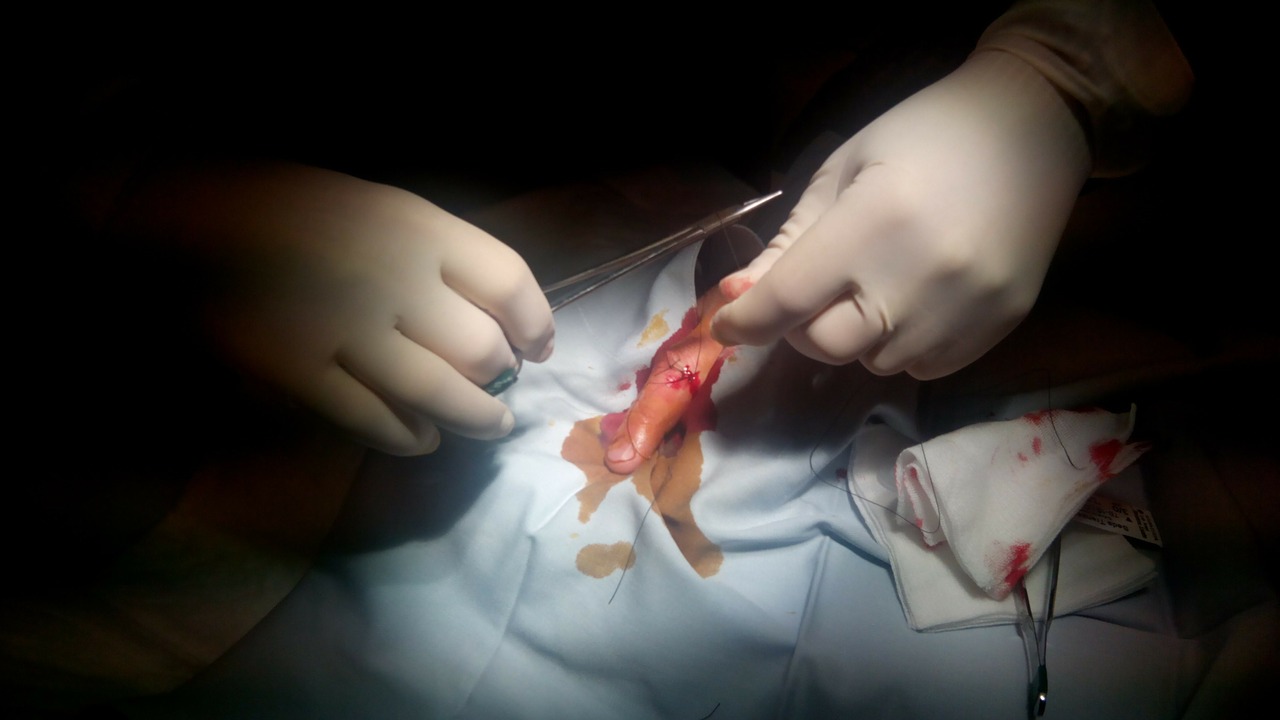
325. Assessment and Management of Flexor Tendon Injuries NOTES
PDF Notes for Episode on Assessment and Management of Flexor Tendon Injuries
00:0021/04/2021

324. Assessment and Management of Proximal Metacarpal Fractures
By the end of this podcast, the listener will be able to: Identify key features on history and physical examination suggestive of proximal metacarpal fractures; Create a differential diagnosis for proximal metacarpal fractures; Understand the initial management for a patient with a proximal metacarpal fracture; Be aware of surgical and non-surgical options for the treatment of proximal metacarpal fractures; Identify potential complications of proximal metacarpal fractures Be aware of the long-term functional outcomes of proximal metacarpal fractures.
23:4014/04/2021

323. Assessment and Management of Distal Metacarpal Fractures
By the end of this podcast, you should be able to: Identify key features on history and physical examination suggestive of metacarpal fractures; Create a differential diagnosis for metacarpal fractures; Understand the initial management for a patient with a metacarpal fracture; Be aware of surgical and non-surgical options for the treatment of metacarpal fractures; Identify potential complications of metacarpal fractures Be aware of the long-term functional outcomes of metacarpal fractures.
28:1307/04/2021





